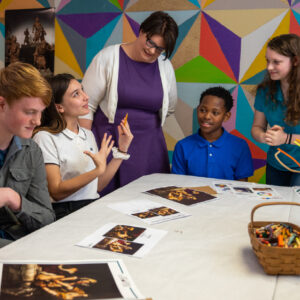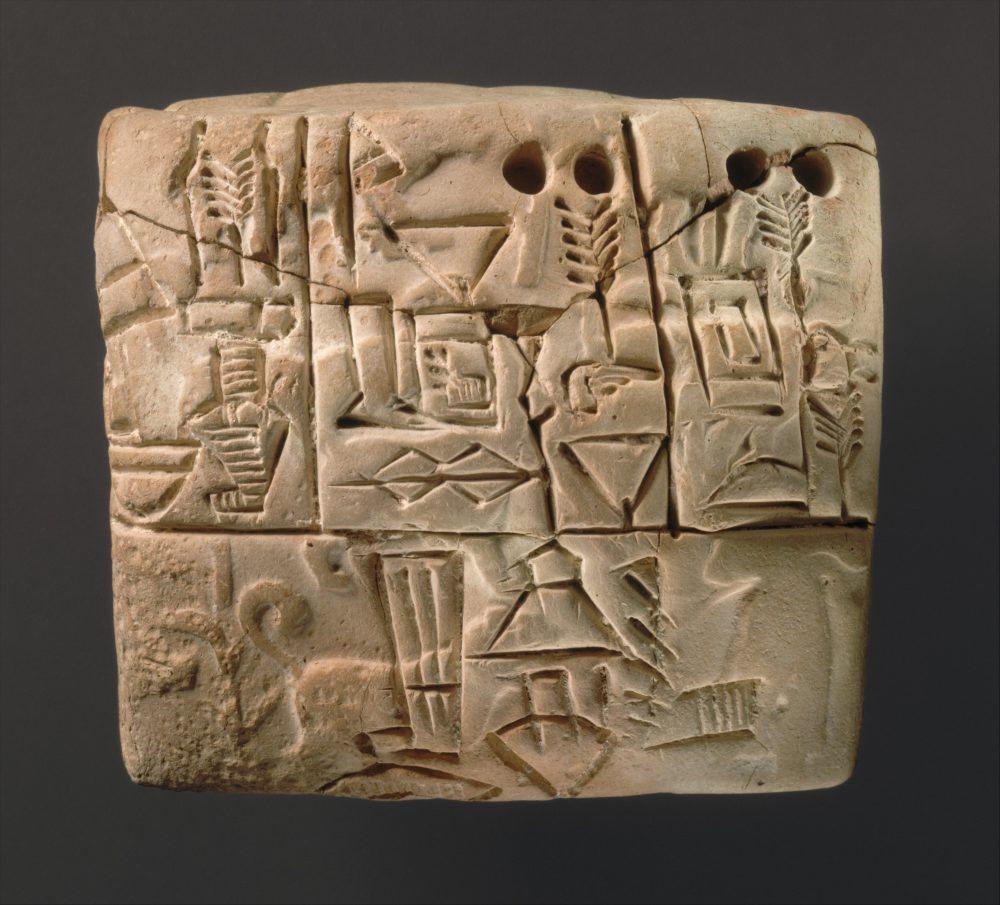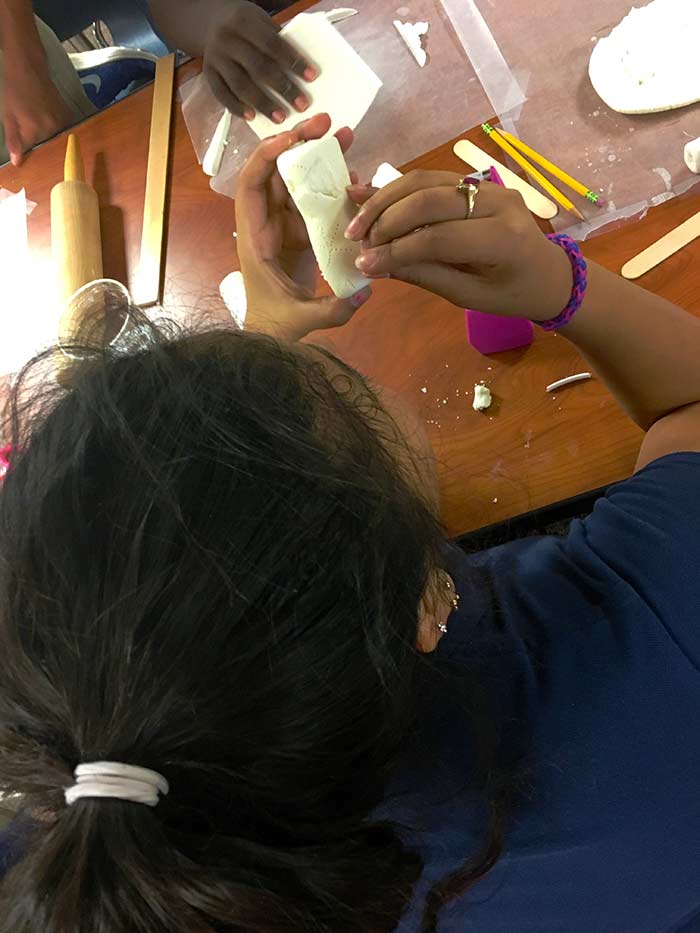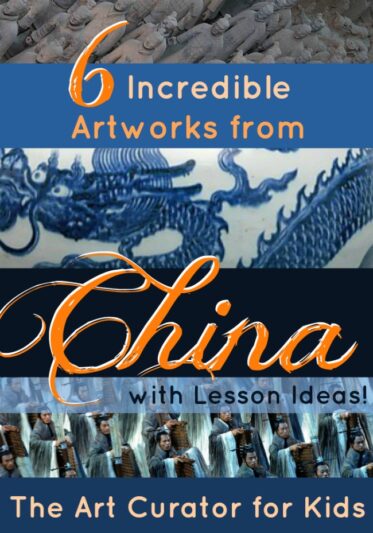My ninth graders are studying the art of Ancient Sumer. I love teaching about ancient art of Mesopotamia – see my 5-Minute Art History Series: Sumerian Art of Mesopotamia video blog post and in The Art of Ancient Sumer, in The Curated Connections Library.

Get the Full Lesson!
This Lesson is in The Curated Connections Library!
Find the full lesson from this post along with hundreds of other art teaching resources and trainings in the Curated Connections Library. Click here for more information about how to join or enter your email below for a free SPARKworks lesson from the membership!
There are lots of entry points for this time period – cuneiform (one of the earliest written languages!), architecture (ziggurat temples!), astronomy (early constellation maps!), the wheel (the WHEEL!). The Sumerians invented for themselves a wide variety of things, from irrigation systems to sandals to sailboats. We know about this partly because they also created one of the first written languages – an incredible shift in history in the region and beyond.
Cylinder seals
Sumerians also created the cylinder seal by combining wheel technology with a picture story to create a uniquely artistic and useful “signature.” These could be used by merchants, builders, artisans, account keepers, and in governance. First developed sometime around 3500 BCE, the cylinders were made out of stone, glass, or clay, and featured a design carved into the side. The design might be figures, a scene of some sort, or have cuneiform markings. We have a glimpse into what was considered important to society at the time in pictographs and text. The cylinder could be rolled over wet clay to make an impression. Unlike stamps developed earlier, cylinder seals could cover a larger area.
The cylinder seals were used as signatures to mark tablets, building bricks, or other property. A hole through the middle of the cylinder made it wearable as jewelry or an amulet.
Making a cylinder seal
As I’ve said before, knowing and experiencing how artworks were made helps you have a better connection with and understanding of them. My ninth-graders made their own cylinder seals by using air-dry clay. We used Sculptit, which comes out the container in cylinders – very handy! – then tried pencils, thumb tacks, the end of brushes, basically anything we could find, to carve into it.
We let the cylinders dry, and then rolled them out on to slabs of clay.
After this we may paint them, because a lot of the relief sculptures from ancient art are painted – though the paint has faded from the examples we have – and I want students to see the difference.
Questions to ask students as part of this process:
- What can we learn by making and trying out cylinder seals?
- What are different situations – in different jobs, government functions, etc., – that Sumerians might have used cylinder seals?
- What materials do you think made for the best cylinder seals, in terms of ease in carving, ease in printing, and durability? (STEAM question!)
- How are cylinder seals an example of form and function?
- What kind of markings, pictograph, or other type of visual signature would you create to represent yourself?
- What are modern examples of symbols that we use to identify ourselves – in marks we make, jewelry we wear, screen names and avatars, etc.?












Those are very cool! I tried making cylinder seals once and they didn’t seem to print as well as yours. Perhaps the air dry clay is the trick. After the cylinder seal dried, did you roll it onto flattened air dry clay again or was it regular clay? My 5th graders study Sumerians so this is a good tie in. I have also made one point perspective ziggurats with the kids.
Love the one-point perspective ziggurats! We did air dry clay for all of it.
About how many cylinders can be made from a 2# bucket of Sculpit?
I can’t remember how many ounces each of the little cylinders were that came out of the bucket. Each kid got one of those, and that was enough. I’m sorry! I don’t have the bucket anymore to count how many were in there.
Did you find out how many cylinders could be made out of the 2# bucket? I would love to know as well.
Oh goodness, if I had to guess, it would be maybe 30. I wish I still had the bucket!
Thanks!
I will be teaching 6th grade this year and plan to try this with my students. I was wondering where to find the sculpit clay??
Looks like they have it at Blick and Amazon. https://www.dickblick.com/products/sargent-art-sculpt-it-air-hardening-clay/